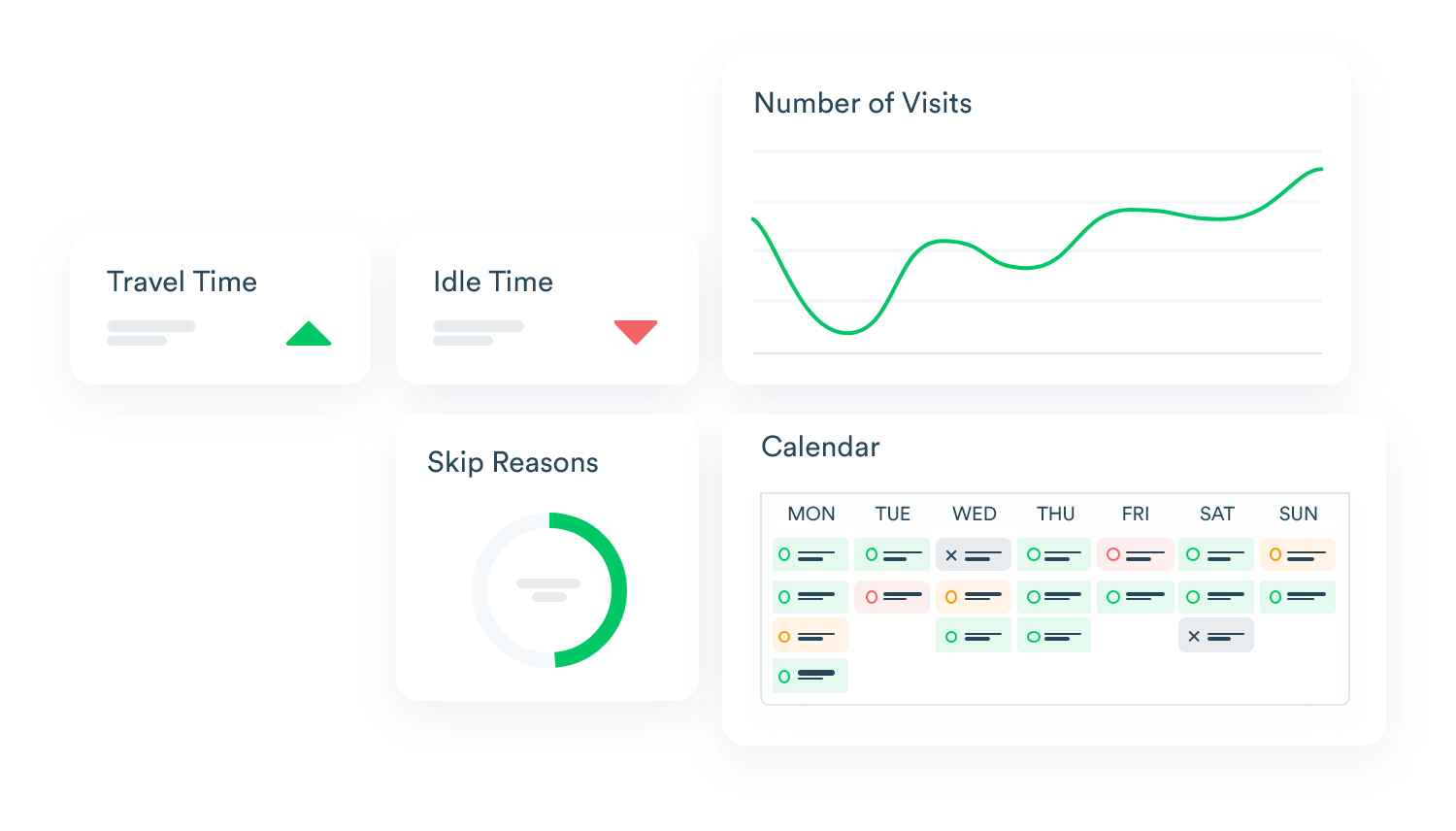Data-Driven vs. Traditional Market Research Approaches: A Comparison
It is no longer a secret that understanding a market is crucial for brand and company success. It allows decision makers to base their decisions, predictions and expectations on reliable information. For decades, traditional market research methods have been the backbone of gathering consumer insights. However, the rise of technology and the demanding pace of the modern environment have paved the way for new data-driven methods.
This new alternative not only improved the way we collect and gather data but also how we organize and analyze it as it becomes part of a bigger pool of information that makes finding trends and patterns like child play.
Let’s explore the evolution of market research comparing traditional and data-driven approaches, understanding their differences and uncovering their unique strengths and challenges.
What is Traditional Market Research?
Traditional market research has long been the bedrock of understanding consumer preferences, behaviors, and attitudes. This method relies heavily on direct interaction with consumers, providing a personal touch that technology cannot replicate.
The most common techniques of traditional market research include surveys and questionnaires aimed at gathering specific information directly from willing participants. Focus groups are also widely used to gain deeper insights from selected participants. Observational research in which consumers are watched in real-world setting is also part of this repertoire and another technique is that of interviews, the classic one-on-one conversations to explore individual viewpoints and opinions.
These methods are advantageous as they provide a depth of insight revealing the “why” behind consumer behaviors, a contextual understanding that captures the environment and circumstances influencing consumer actions and direct feedback ensuring data is relevant and actionable.
Their downside however, is that they are time-consuming which can make the data obsolete by the time conclusions need to be drawn. Besides time, these methods are also costly when it comes to resources as more personnel is needed to cover more interviews and/or focus groups. And for all the cost and effort invested they can only cover limited sample sizes which isn’t always accurately representative of the market and population.
Luckily, we are at an age where new methods are rising to fix these challenges, cue in data driven market research.
An Overview of Data-Driven Market Research
The Modern Approach to Understanding Markets
Data-driven market research represents a modern approach, leveraging technology to analyze vast amounts of information quickly and efficiently. This method taps into big data, machine learning, and advanced analytics to gather insights from vast amounts of information to provide insights that were previously unattainable.
The techniques used here include web analytics through which we look at website traffic and user behavior (think of the measuring of visit duration, pages visited, click and heat maps, repeat vs unique visitors, visitor location, etc…). There’s also social media monitoring, tracking mentions, sentiment and engagement levels on different platforms. Transactional data analysis is also a method used in data-driven research where sales data and customer purchase history are examined. Predictive analytics are also part of the techniques, using historical data to forecast future trends and behaviors.
The pros of the above-mentioned techniques of data-driven market research are obviously speed and efficiency as the automated data collection and analysis are measured instantly which brings the second advantage: real-time insights that provide up-to-date information and enable agile decision making. Scalability is also a plus as the capacity to handle and analyze large data sets offers a more comprehensive and accessible view of the market no matter its size. A last pro worth mentioning is the power of predictive capabilities with the use of algorithms that allow us to anticipate future trends and behaviors.
This is all very impressive on paper but there are a few challenges to count for despite the modernity and efficiency. All of this requires specialized skills and tools to analyze and interpret data effectively and so data-driven market research scores low on complexity. The reliance on data quality is also problematic because inaccurate or incomplete data can lead to misleading conclusions. Further more quantitative data may lack the depth and context provided by qualitative methods and this lack of context can once again be misleading.
Comparing the Two Approaches
The objectives of the two approaches diverge as traditional market research aims to answer “why” questions, providing depth and context while data-driven market research focuses on the”what” and “when,” offering breadth and scalability.
As far as methods are concerned, traditional approaches rely heavily on human interaction and direct feedback whereas data-driven methods utilize technology and automation to monitor and gather large datasets followed by their quasi-immediate analysis.
Going head-to-head for speed and cost it is evident that the traditional ways are generally slower and more expensive due to manual data collection while the modern techniques are much faster and more cost-effective (even if they require investment in technology and expertise).
Comparing accuracy and reliability we find that traditional can be more accurate for specific, targeted questions but may suffer from biases. On the other hand, data-driven methods offer extensive and often more accurate insights but can be affected by data quality issues.
Finally, looking at applications, traditional market research is ideal for new product development, branding, and understanding customer motivations. In parallel, data-driven market research excels in monitoring ongoing trends, customer segmentation, and optimizing marketing strategies.
The Future of Market Research
Our predictions for adoption rates go as such: increasing adoption of data-driven research is anticipated. Companies are recognizing the value of data-driven insights in shaping strategic decisions and gaining a competitive edge.
As technology advances and data becomes more accessible, businesses are likely to rely more on data-driven methods for insights and analysis. Moreover, the integration of AI and machine learning is expected to enhance the effectiveness of market research. These technologies will enable deeper analysis and more accurate predictions, driving innovation in the field.
That’s not all, combining approaches is also part of the upcoming trend as this offers a comprehensive understanding of the market. Savvy businesses integrate traditional and data-driven methods, leveraging the strengths of both to gain a holistic view of consumer behavior.
Conclusion
To wrap the topic up, both traditional and data-driven market research approaches have their own unique advantages and limitations.
The best strategy often involves a combination of both methods. Traditional research provides depth and context, while data-driven approaches offer speed, scalability, and predictive capabilities. By integrating these approaches, businesses can gain a comprehensive understanding of their market, make more informed decisions, and remain competitive in an increasingly data-driven world.
At the time we are publishing this article, staying informed on the latest trends and advancements in market research is a must. Continuous learning and adaptation will be crucial in an increasingly data-driven world.
Meanwhile if you’re ready to leverage the power of both traditional and data-driven market research get in touch with us so we can offer you the best of market research tools that combine both approaches and that will help you harness the full potential of your research endeavors.



